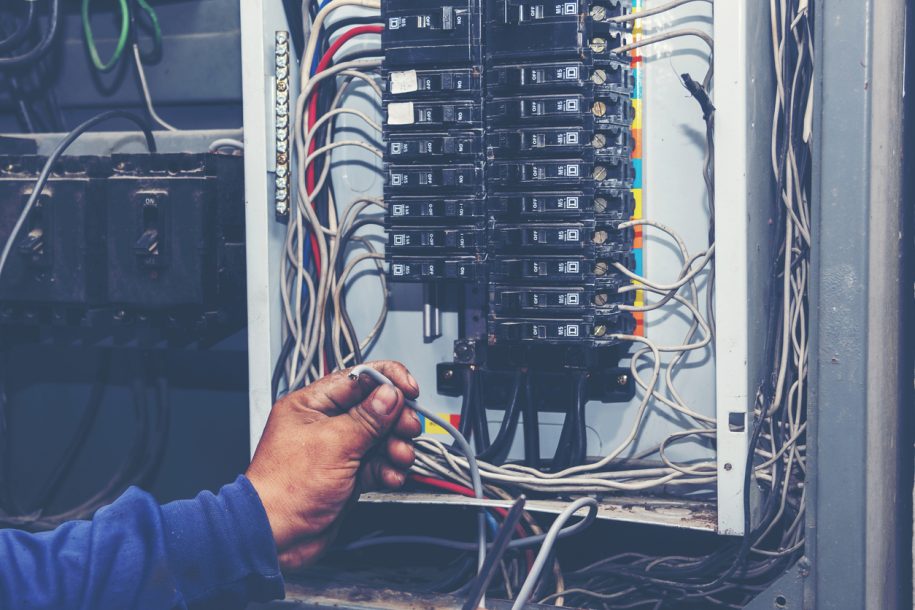Introduction
When it comes to keeping your home safe and functional, few components are more important than the electrical panel. Often referred to as the breaker box, this panel distributes electricity throughout your home and protects circuits from overloads.
Over time, panels wear out, become outdated, or simply can’t handle the demands of modern households. Knowing the cost of electrical panel replacement helps you plan ahead, avoid hazards, and keep your home’s electrical system reliable.
Why Electrical Panels Matter
An electrical panel isn’t just a set of switches—it’s your home’s safety net. It:
Directs power to each circuit.
Prevents overloads by tripping breakers.
Protects wiring, appliances, and your home from electrical fires.
Without a dependable panel, your home risks serious safety issues, especially as families add more appliances, smart devices, EV chargers, and home office equipment.
Signs It’s Time to Replace Your Electrical Panel
You may need to replace your electrical panel if you notice:
Age – Older panels often can’t handle today’s power usage.
Safety Risks – Outdated or recalled panels can increase fire hazards.
Limited Capacity – Homes with HVAC systems, hot tubs, or EV chargers may require higher amperage.
Frequent Breaker Trips – A clear sign your panel is overburdened.
Cost Factors for Electrical Panel Replacement
Several factors influence the total cost:
1. Amperage & Capacity
100-amp panel: $500 – $1,500 (smaller homes).
200-amp panel: $1,300 – $3,000 (most common for modern homes).
400-amp panel: $2,000 – $4,000 (large homes or multi-family).
2. Panel Type
Main breaker panel – Controls all power in the home; typically higher cost.
Sub-panel – Supports garages, workshops, or additions; usually less expensive.
3. Labor Costs
Electricians typically charge by the hour. Rates vary depending on region, and complex installations — such as rewiring or code upgrades — can add to the total cost.
4. Additional Expenses
Rewiring outdated circuits.
Permits & inspections, often required by local regulations.
Whole-home surge protection for added safety.
Hiring the Right Electrician
A qualified electrician ensures the job is safe, efficient, and code-compliant. Here’s what to look for:
Experience with electrical panel replacements.
Licensing & insurance to protect your home.
Clear, competitive quotes that outline all costs.
Strong reviews or referrals from previous customers.
Why Investing in a New Panel Matters
While replacing your electrical panel is a significant investment, the long-term benefits outweigh the initial cost:
Safer home environment.
Capacity to support modern appliances and EV chargers.
Increased property value.
Greater reliability and efficiency.
Conclusion
Replacing an electrical panel is an important step in maintaining a safe, efficient home. By understanding the costs, recognizing the signs of failure, and hiring a qualified electrician, you’ll ensure your electrical system is prepared to meet your family’s needs for years to come.


Leave a Reply